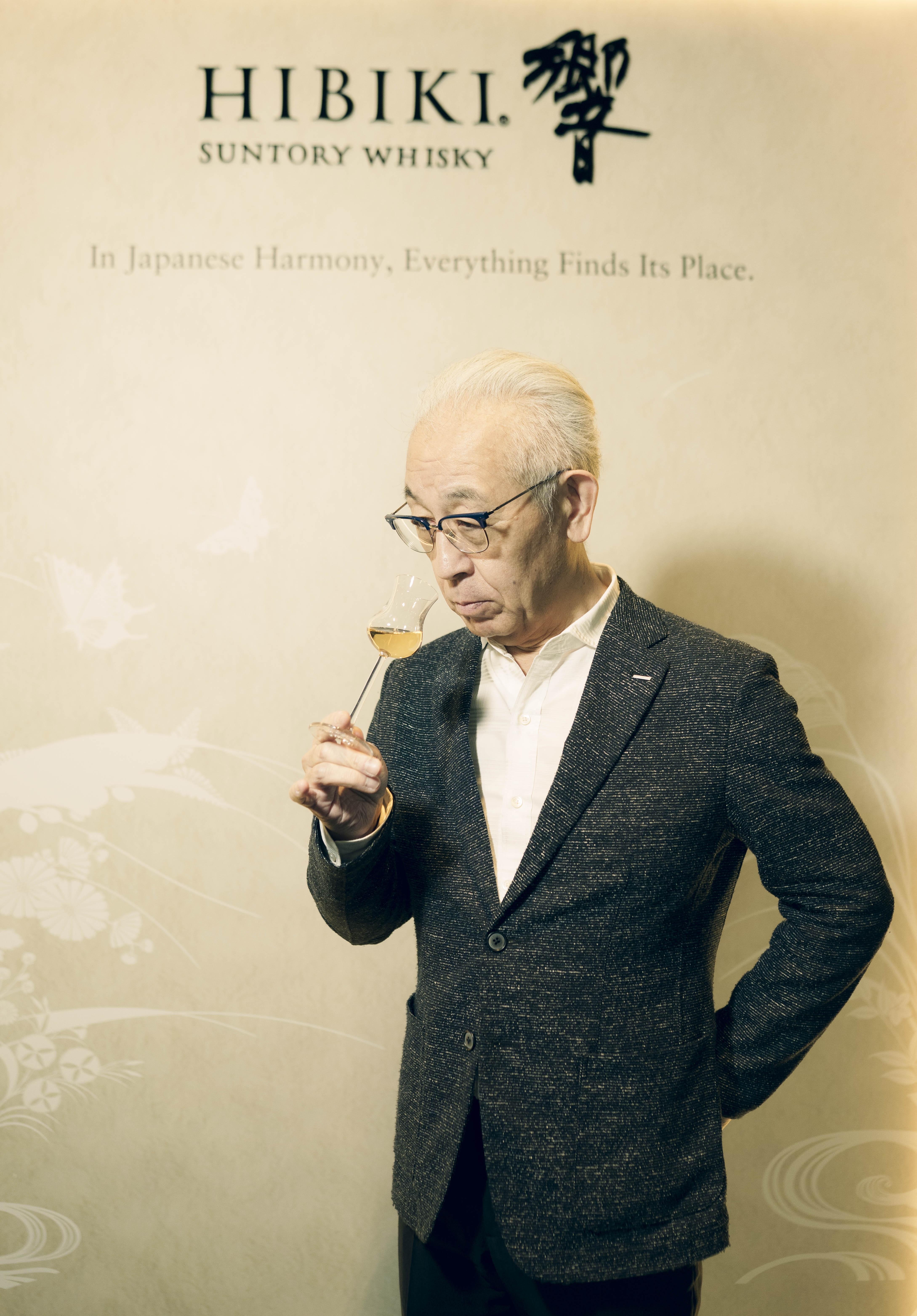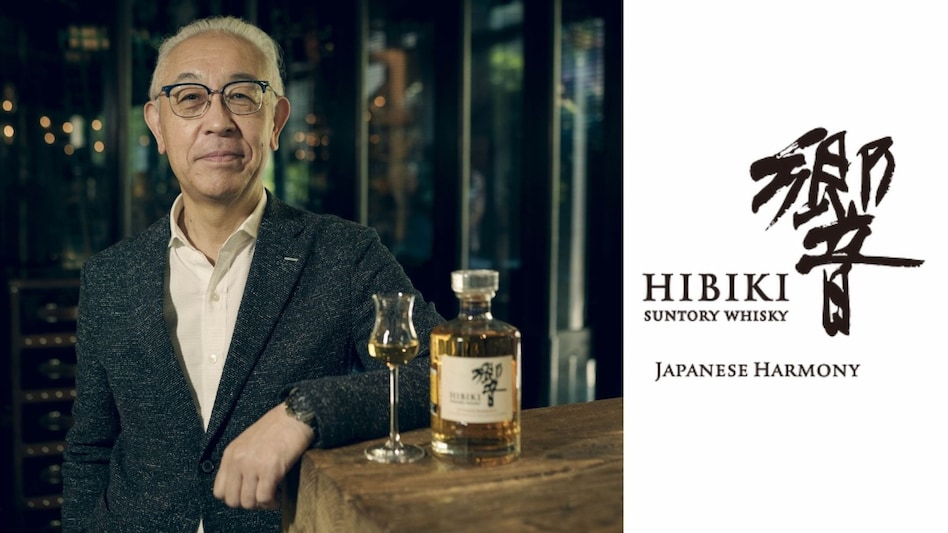
 Shinji Fukuyo - Chief Blender for Suntory Whisky
Shinji Fukuyo - Chief Blender for Suntory Whisky Shinji Fukuyo - Chief Blender for Suntory Whisky
Shinji Fukuyo - Chief Blender for Suntory WhiskyIn the serene world of Japanese craftsmanship, few figures command as much quiet reverence as Shinji Fukuyo, the Chief Blender at Suntory Spirits Limited. Over his 40-year journey with the house of Suntory, Fukuyo has helped shape some of the world’s most celebrated whiskies, including the iconic Hibiki. In this rare and deeply philosophical conversation with Business Today, he opens up about his blending philosophy, how Japanese whisky differs from its Western counterparts, and what he’s learned over four decades of meticulous spirit-making.
Blending Harmony
Ask any whisky aficionado about Hibiki, and you’ll hear whispers of harmony, elegance, and balance. But what exactly goes into crafting such a spirit?
“Hibiki is our flagship brand. A very important brand,” Fukuyo begins. “It takes a long time to prepare. We have five- to six-year-old whiskies that don’t go into Hibiki but are still used for our standard expressions. We have to keep our premium whisky separate for Hibiki, it’s a long process.”
Unlike more straightforward blends, Hibiki demands patience and intentionality. “We select very good whisky for Hibiki from our house casks. And then we put that liquid in our stock. We don’t use this whisky anywhere else, because we have to keep it for the brand,” he says. “It’s always the top priority in our house.”
Monozukuri: The Soul of Craft
For Fukuyo, Hibiki is more than a product; it is the expression of monozukuri, the Japanese spirit of craftsmanship. When asked about what shapes Hibiki’s character, he delves into the ethos behind it:
“Monozukuri is not just blending. It’s about every step in whisky making - mashing, fermentation, distillation, maturation, and branding. Each step is part of monozukuri,” he explains. “It means to try to make something better. It’s a kind of discipline. Very detailed. We don’t cut corners.”
This obsessive attention to detail is something he sees as uniquely Japanese. “The past comes first. Perfecting all parts of whisky making, that is the Japanese way.”

The Suntory Way vs the World
How does Japanese blending differ from the methods used in Scotland or the US? For Fukuyo, the biggest difference is collaboration.
“In many countries, you have one master blender in charge of a brand. But at Suntory, even for one brand, we work together,” he says. “We share inventory, share stocks, and I respect the voices of younger blenders. Decision-making is not top-down; it is a team process. That’s how we always make good progress.”
This, he notes, mirrors Japan’s broader cultural approach to craftsmanship. “In Japan, whether it’s whisky, cars, watches, pottery, or painting, it’s all very detailed. This is Japanese craftsmanship. It’s teamwork, and it’s about perfection.”
Tuning Into India’s Palate
Having studied markets around the world, Fukuyo is well aware of how preferences shift regionally, and he finds the Indian whisky drinker uniquely expressive.
“In India, people tend to enjoy whisky with water, soda, even when it’s diluted, the whisky must still carry aroma and flavour,” he says. “They enjoy it with snacks. Some people told me that Indian people don’t drink whisky seriously. But that’s not correct. They enjoy it differently. It’s a cultural thing.”
Does this affect how Suntory thinks about India? Absolutely.
“Good whisky is accepted everywhere. It can adapt to any style. But in hot climates, whisky needs to be more versatile. Some brands must be adapted to suit each country’s palate. But Hibiki, it works everywhere.”
The Long Road to Global Reverence
Fukuyo’s personal journey at Suntory is one defined by patience and perseverance. “I’ve already worked for Suntory making whisky for 40 years,” he reflects. “From 1984 to 2007, about 25 years, it was very tough. The whisky category wasn’t strong. Sales were low.”
At times, he recalls, the team had to be reassigned to other departments. “We didn’t need to distil whisky every year. But still, we kept producing. Even in those bad times, the company, a family company, allowed us to continue making quality whisky. They invested in the future.”
That future arrived in the early 2000s, when global interest in Japanese whisky began to surge. “In 2007-08, the highball boom happened in Japan. And now, Japanese whisky is in a good position around the world,” he says. “But I experienced the tough days too.”
Elegance, Transparency, Dedication
When asked to describe Hibiki in just three words, Fukuyo doesn’t hesitate.
“Elegance. Transparent. And dedicate,” he says quietly. Then, after a pause, he adds, “If I can add two more - fruity and flowery.”